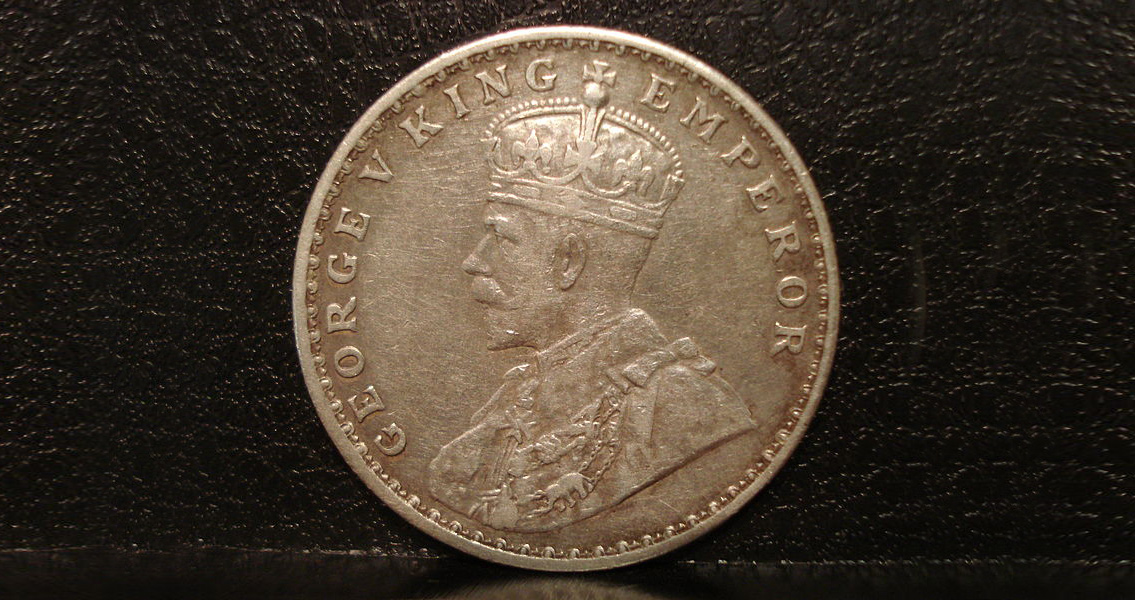<![CDATA[A large hoard of medieval coins could reveal over four centuries of North Indian history. More than two decades after first being excavated, the coins have only now been properly analysed for their historical significance. The original excavations at the ruins of Lal Kot in Mehrauli were carried out in the early 1990s, but examinations of the coins were only properly started two years ago. Dr G S Khwaja, Director of Epigraphy at the Archaeological Survey of India, has just completed a report on the hoard. Dr Khwaja discovered that the coins provide an unbroken numismatic narrative of North Indian rulers. The coins are the first example in India of artefacts from many different dynasties being found at one site. The earliest coins are from the time of the Chauhan and Tomar kings, whose power in Delhi reached a peak in the eleventh and twelfth centuries. Rare coins have also been found from the period of the Mamluk Sultans, who ruled Delhi between 1206 and 1290, and are sometimes referred to as the 'slave dynasty'. "This is a very important discovery for numismatists. Coins from the slave dynasty are rarely found," Khwaja told The Indian Express. The hoard also contains coins from the Khalji, in power from 1290 to 1320, and the fourteenth century Tughlaq sultans. The hoard's most recent coins are from the time of Sher Shah Suri; who overran the state of Bengal and founded the Sur Empire in the sixteenth century. In order to avoid a 'currency shock,' new rulers often continued to use coins that had been issued before their rise to power. Dr Khwaja's report notes that the Afghan Muhammad Ghori, who came to power after invading Delhi in 1192, continued using coins that had been issued by the Chauhans and Tomars. Many of the coins from this time are decorated in the established visual tradition of medieval India; they are adorned with images of Lakshmi, the Hindu goddess of wealth and prosperity. After his initial conquest, Muhammad Ghori began issuing gold coins with Lakshmi on one side and his name in Nagri characters on the other. Later, as his dynasty became more secure, he started issuing coins with Arabic lettering on one side and Nagri on the other. Finally, Muhammad Ghori minted his own coins with Arabic inscriptions. "Gradually the public was informed that the new ruler [was] Muhammad Ghori, his religion [was] Islam, and his language [was] Arabic, written in the Kufic style of calligraphy," Dr Khwaja said. New coins, therefore, showed that a leader had fully established themselves as the ruling power, and could mint their own coins without the general populace being surprised. Subtle changes in coins reveal significant shifts in political power. The account of Delhi's history and dynasties provided by numismatic records are especially important, as other documents have rarely survived. "Excavations conventionally have strata that speak of different eras and layers," Dr B R Mani, Additional Director General of the ASI said. "For the first time, coins that are dateable will tell the time of layers being excavated." The fact that much of the hoard can be dated means that for the first time, a complete record of ruling power in medieval North India can be created.]]>
Indian Hoard Holds Clues to Medieval Past
